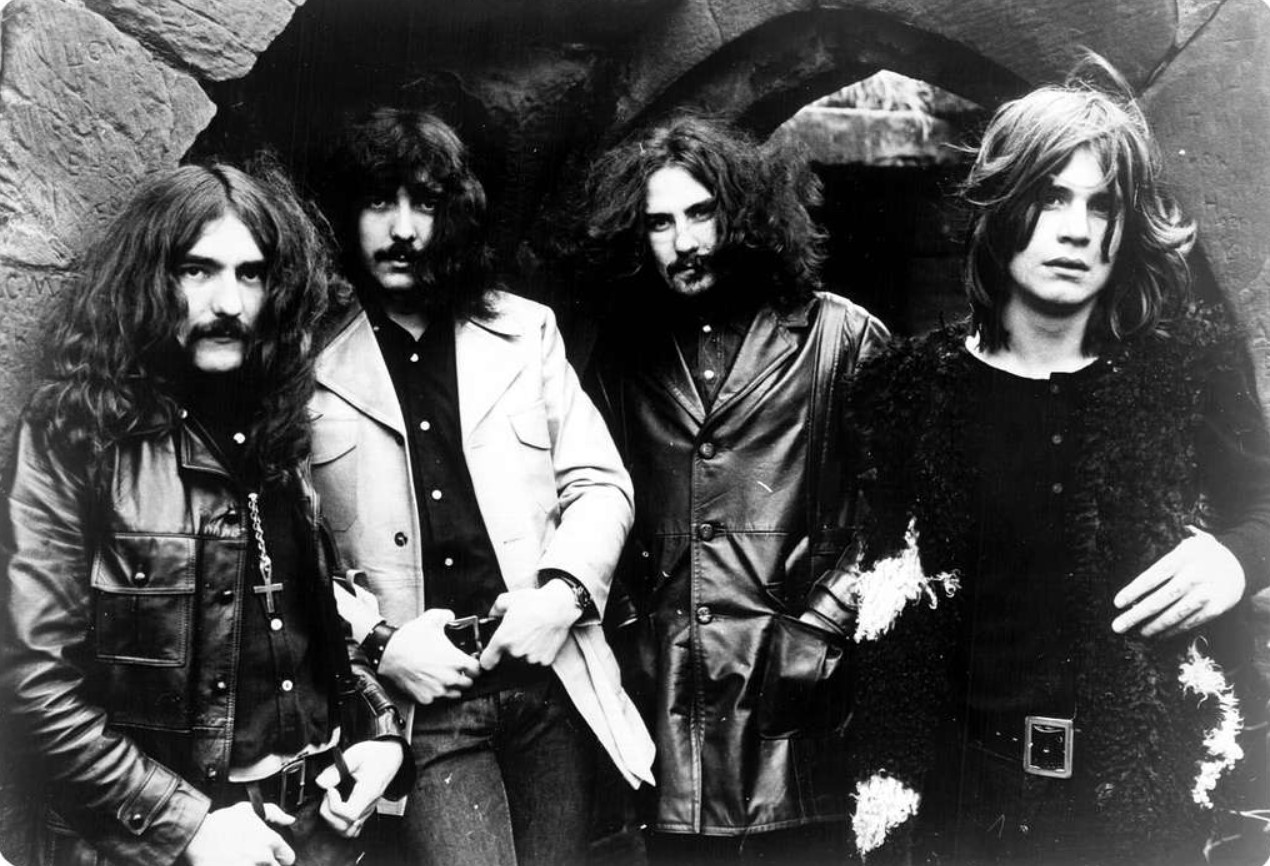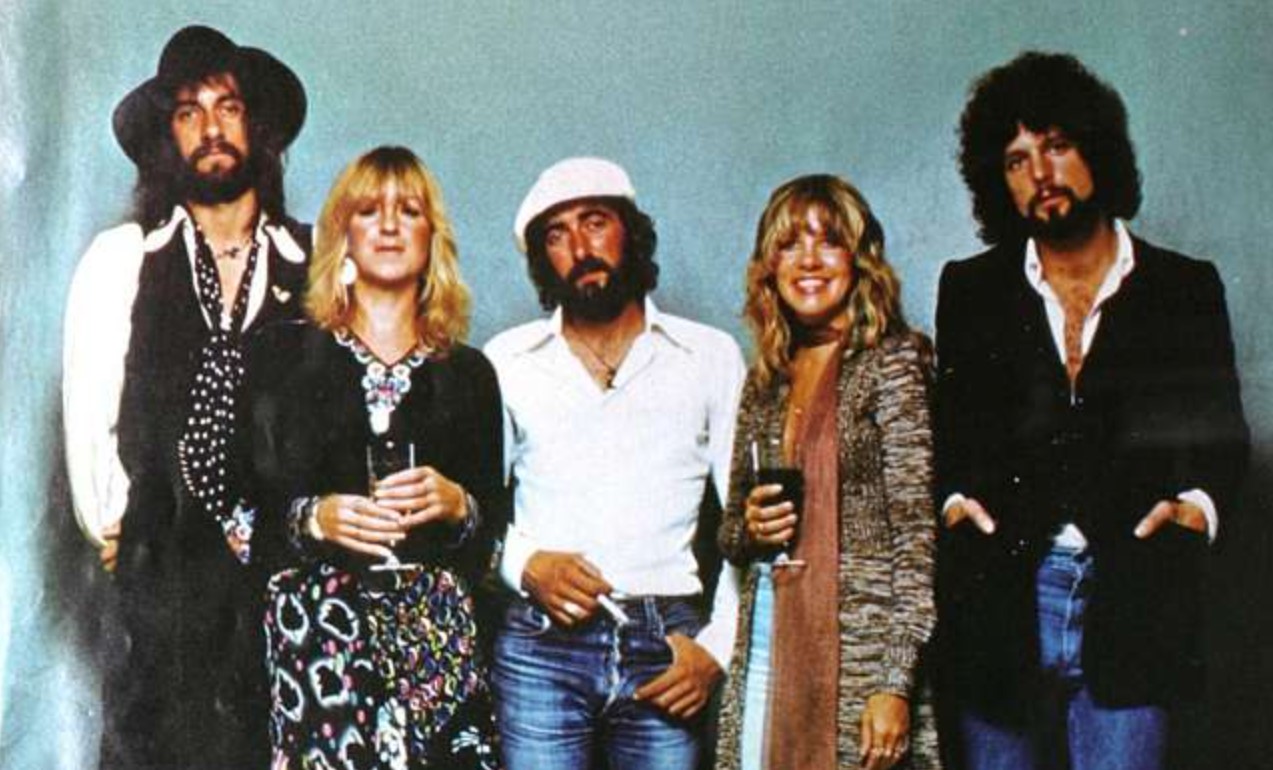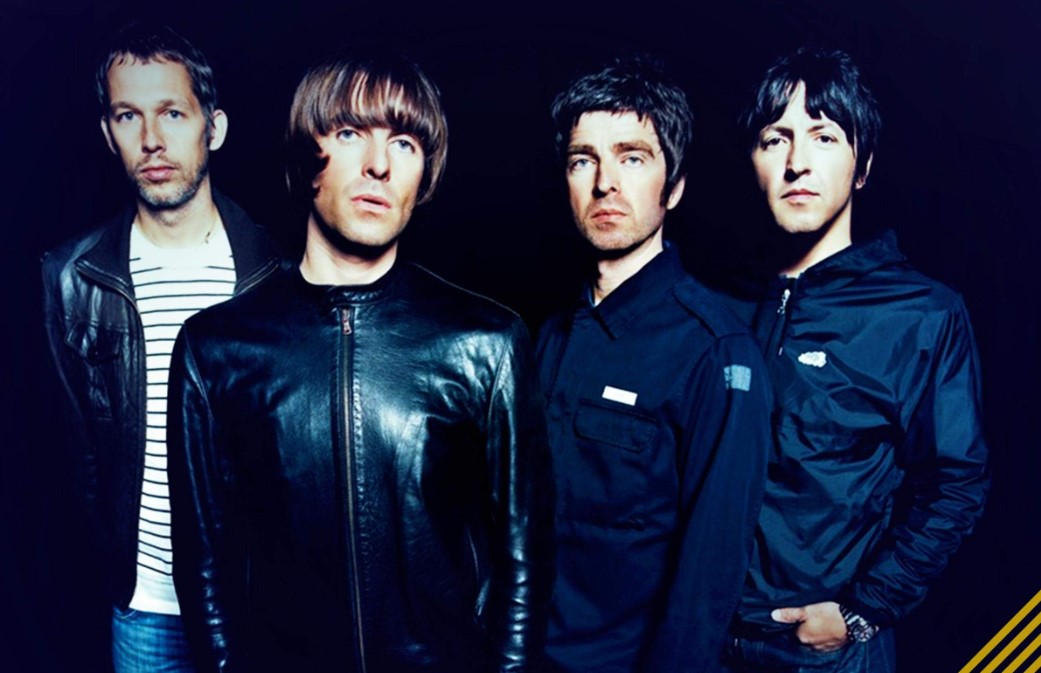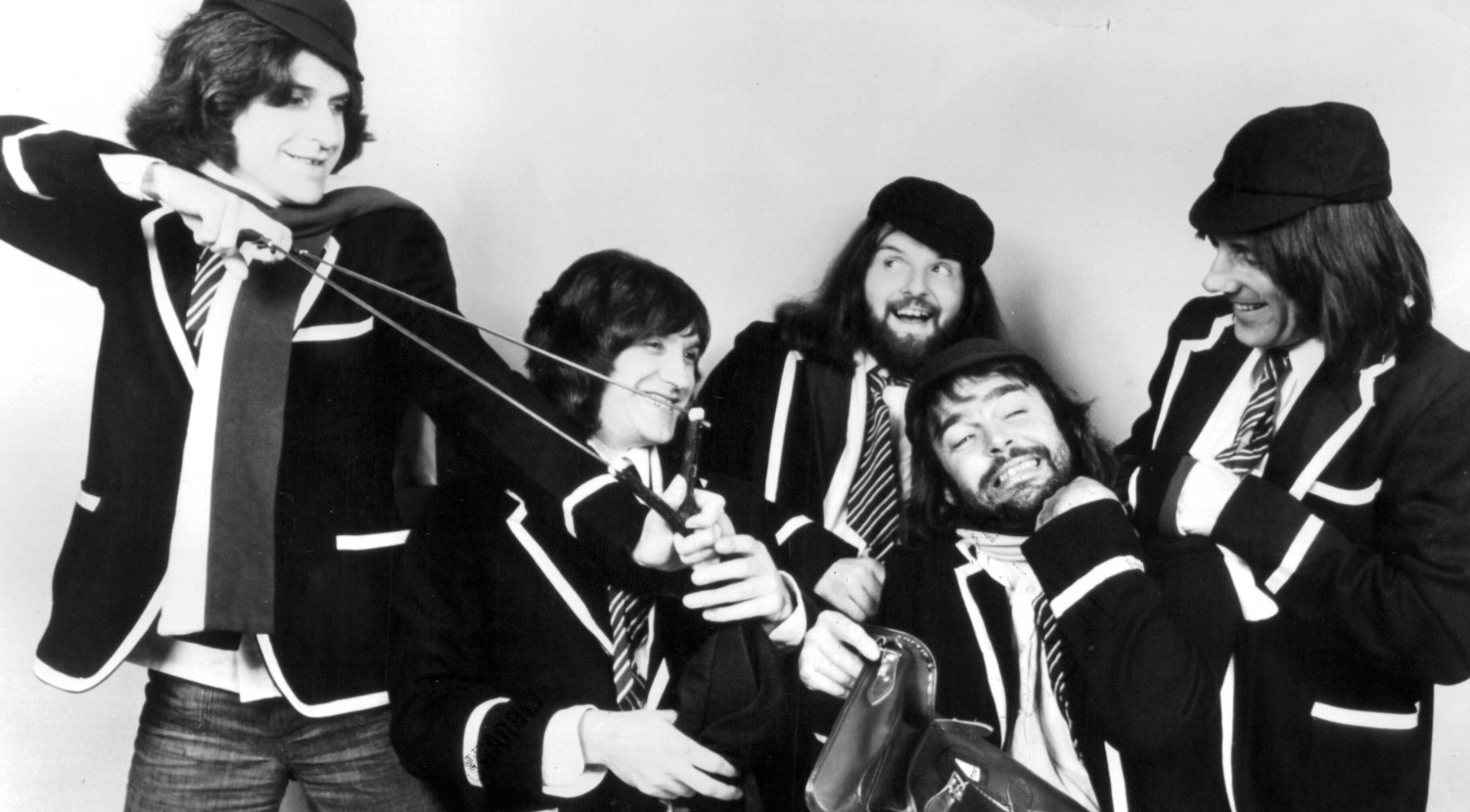
Band dynamics work like invisible architecture that shapes music’s heartbeat. Drummers often sit at the center of the most explosive conflicts, disrupting entire ecosystems with ripple effects that either destroy or elevate musical legacies.
These timekeepers don’t just maintain tempo—they frequently become the foundation that either holds everything together or causes the whole structure to collapse. When that rhythmic foundation cracks, the instability spreads through every aspect of a band’s creative and personal relationships.
10. Bill Ward – Black Sabbath

The early Black Sabbath years played out like a horror movie where fame itself was the monster. Bill Ward endured torment that would make reality show contestants wince, including bandmates painting him gold in 1972—a prank that nearly killed him when the paint blocked his pores. They’d casually light his beard on fire during shows, treating dangerous pyrotechnics as casual practical jokes.
The dysfunction evolved from physical danger to contractual warfare by 2011. Ward sat out their reunion album and tour, citing an “unsignable contract,” and the situation has remained fractured despite occasional glimmers of hope that never materialized into actual reconciliation.
9. Mike Portnoy – Dream Theater

Dream Theater without Mike Portnoy seemed as impossible as a smartphone without a screen. As co-founder and the architectural genius behind their progressive metal sound, Portnoy’s 2010 departure created a void that went far beyond simple personnel changes. After requesting a hiatus and being denied, he left to tour with Avenged Sevenfold—a decision he quickly regretted.
When Portnoy attempted to return months later, he discovered his former bandmates had already replaced him with Mike Mangini. His public Facebook complaints turned a private band matter into a fan civil war that remained frozen for over a decade until 2023, when the impossible happened and Portnoy actually returned to Dream Theater.
Such headline-making splits are hardly unique; the music world has witnessed some of the most controversial band breakups and reunions of all time.
8. Mick Fleetwood – Fleetwood Mac

The creation of “Rumours” resembled a relationship apocalypse with a soundtrack. Fleetwood Mac consisted of two couples—John and Christine McVie, Lindsey Buckingham and Stevie Nicks—plus drummer Mick Fleetwood trying to keep everything together. As both couples disintegrated, Fleetwood attempted to be the band’s emotional anchor while his own life capsized, including a brief affair with Nicks that added another layer to their romantic house of cards.
The emotional carnage nearly destroyed Fleetwood Mac, yet somehow produced one of music’s most enduring albums. Their collective heartbreak transformed into commercial gold, proving that sometimes the most beautiful art emerges from the ugliest human moments. Check out the impact of Fleetwood Mac’s Rumours Grammy win.
7. Phil Collins – Genesis/Led Zeppelin

By 1985, Phil Collins had conquered both the drum throne and center stage—a rare achievement in rock history. His reputation made him the obvious choice to join Led Zeppelin for their Live Aid reunion following John Bonham’s death, but what should have been a historic moment became a cautionary tale about preparation. Collins arrived with minimal rehearsal and limited familiarity with the material.
The resulting Led Zeppelin Live Aid performance was so disappointing that the band blocked it from official releases, treating it like an embarrassing family photo that had accidentally gone online. Collins became the convenient scapegoat, his reputation temporarily tarnished by a 20-minute set that felt like watching a train derailment in slow motion.
6. Dave Abruzzese – Pearl Jam

Pearl Jam‘s trajectory shows that musical chemistry and ideological alignment are completely separate variables. Dave Abruzzese powered the band through their commercial peak, drumming on “Vs.” and “Vitalogy,” but when Pearl Jam took their principled stand against Ticketmaster in 1994, his reluctance created friction that went beyond musical differences. His termination shortly afterward revealed how band values sometimes matter more than performance skills.
The story found closure in 2017 when Pearl Jam invited all former drummers to their Rock Hall induction ceremony. Though Abruzzese declined to attend, the invitation itself represented a type of healing that many bands never achieve.
5. Tony McCarroll – Oasis

The music industry operates like a ruthless game of musical chairs, as Tony McCarroll discovered firsthand. After helping Oasis achieve breakthrough success with “Definitely Maybe,” McCarroll found himself unceremoniously ejected in 1995 when Noel Gallagher made it clear he considered McCarroll inadequate for where the band was headed. McCarroll’s subsequent £18 million lawsuit, which settled for £550,000, highlights the financial stakes when founding members get pushed from successful bands.
His story reads like a deleted scene from “Succession”—a founding contributor eliminated when his usefulness expired, left to watch others profit from something he helped build while receiving a settlement that offered financial compensation but couldn’t replace his lost place in music history.
4. Pete Best – The Beatles

Pete Best remains rock’s most famous cautionary tale—the man who was one decision away from immortality. Best’s dismissal just before the Beatles exploded into global consciousness represents the cruelest timing in music history, with his replacement by Ringo Starr remaining controversial among early Beatles enthusiasts who maintain Best was perfectly adequate.
The circumstances surrounding his firing remain debated, though producer George Martin’s influence in the decision has been widely cited…. Best later sued for defamation and eventually received an undisclosed settlement. His journey from bitter ex-member to respected historical figure shows how time can transform even the most painful professional rejections into something approaching peace.
3. Mick Avory – The Kinks

Some bands function less like professional organizations and more like dysfunctional family reunions. Mick Avory‘s 21-year tenure with The Kinks featured a relationship with guitarist Dave Davies that resembled a long-running wrestling rivalry, with conflicts that frequently turned physical. The tension culminated in a 1965 Cardiff show where Avory knocked Davies unconscious with a cymbal stand—workplace violence that would get most people immediately fired.
Despite this dangerous incident, Avory remained until 1984, and their eventual reconciliation years later proves that even the most explosive creative partnerships can find resolution. The Kinks’ legacy suggests that sometimes the tension threatening to destroy a band is precisely what gives it distinctive energy. And sometimes, those tensions explode in public, leading to unforgettable moments of rock stars freaking out.
2. Steven Adler – Guns N’ Roses

The original Guns N’ Roses lineup operated like a chemical experiment where all elements were highly combustible. Steven Adler, their founding drummer, became the first casualty of the band’s excess when his substance abuse progressed from recreational to completely debilitating by 1990. When recording “Civil War,” Adler reportedly needed dozens of takes to complete a track his bandmates believed should have taken just a few attempts.
His firing marked a turning point for GNR, signaling their evolution from street-level authenticity to polished professionalism. Adler’s subsequent recovery and appearances during their 2016 reunion tour provided a redemptive final chapter to what could have been simply another rock and roll tragedy.
1. Lars Ulrich – Metallica

Lars Ulrich represents the ultimate survivor in band politics. Despite persistent criticism of his technical abilities, Ulrich has maintained his position through a combination of founding member status, business acumen, and sheer force of personality, even when early tensions within Metallica often centered around his drumming style and band decisions. The documentary “Some Kind of Monster” revealed the depth of tension within Metallica, with Ulrich frequently at its center.
Yet his vision and drive have proven as valuable as his technical prowess. Ulrich’s longevity demonstrates that bands are complex ecosystems where pure musical skill is just one factor among many that determine who stays and who goes.





















